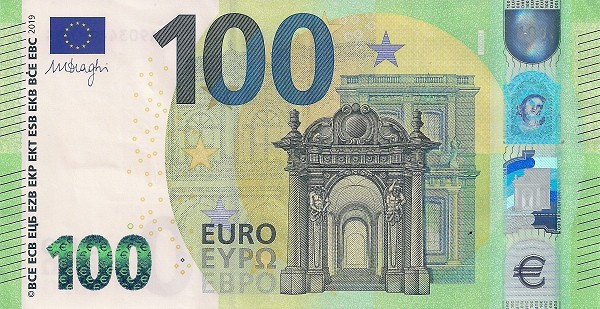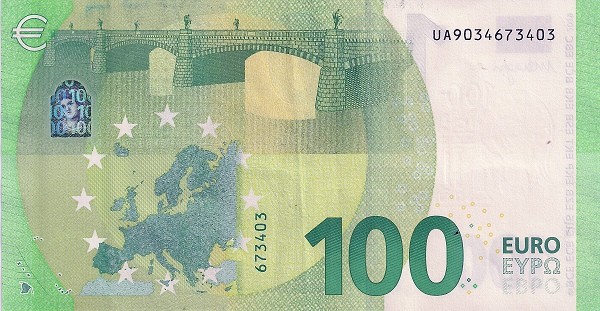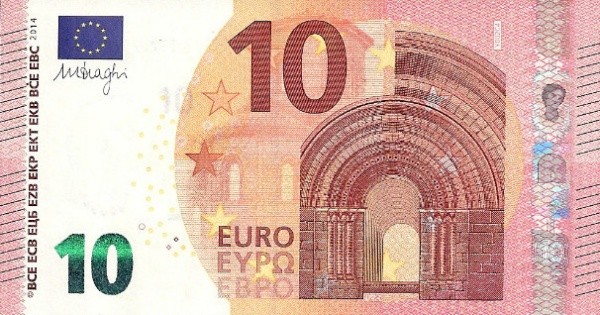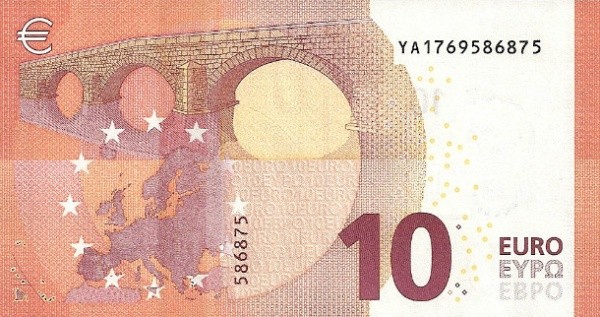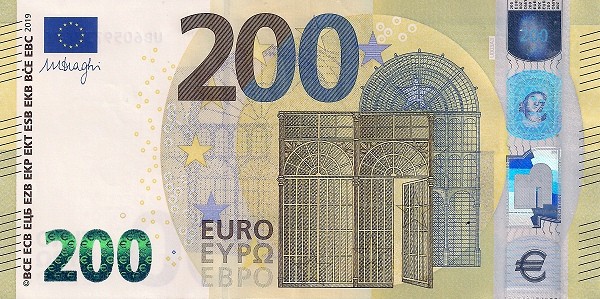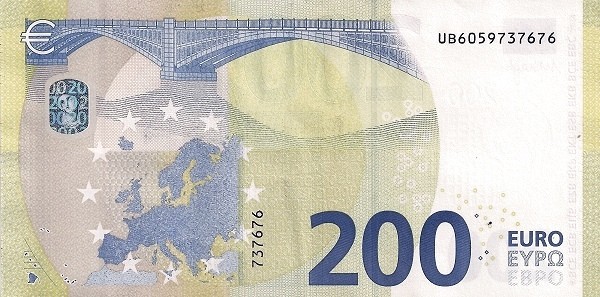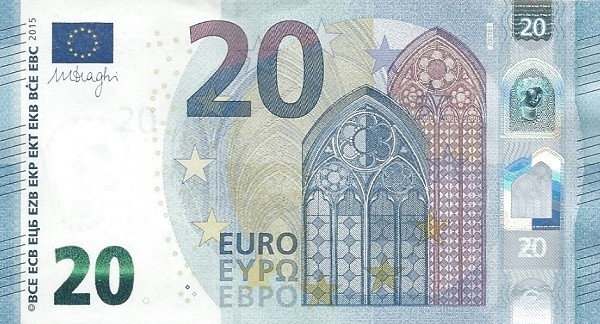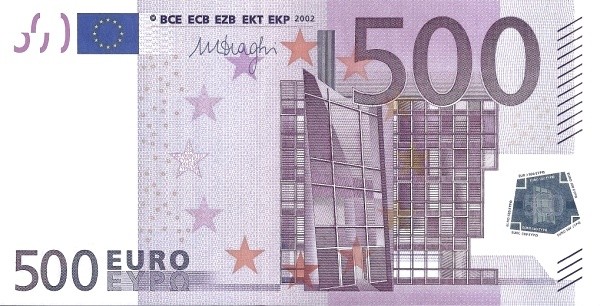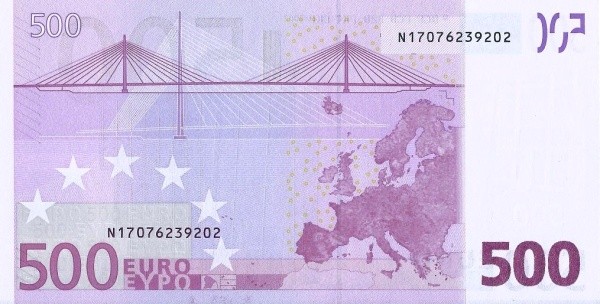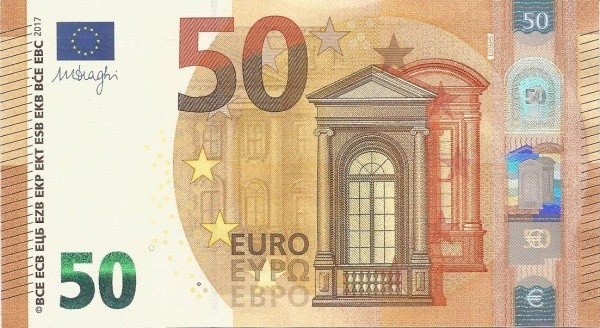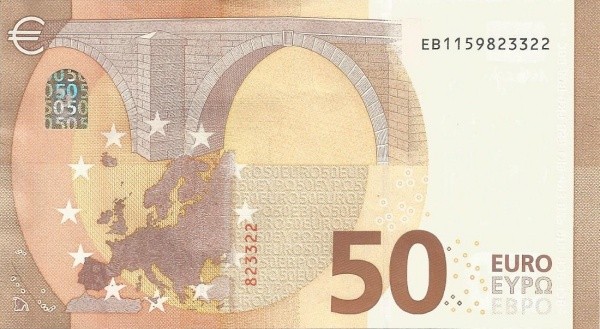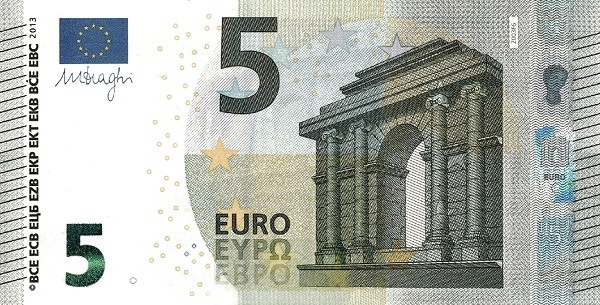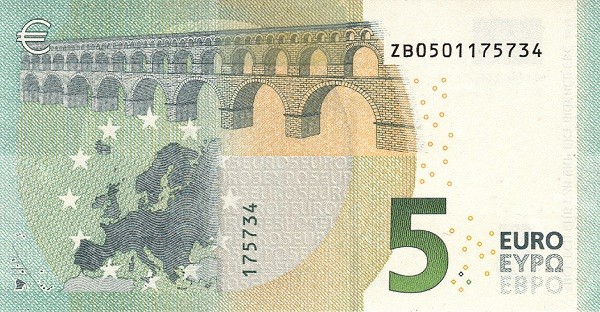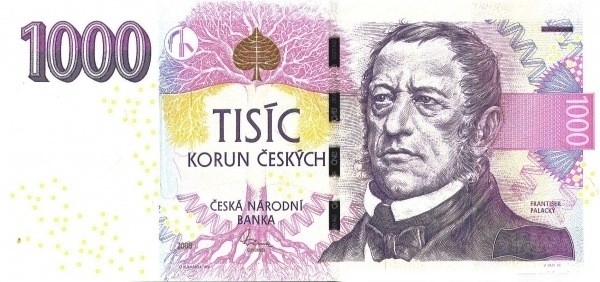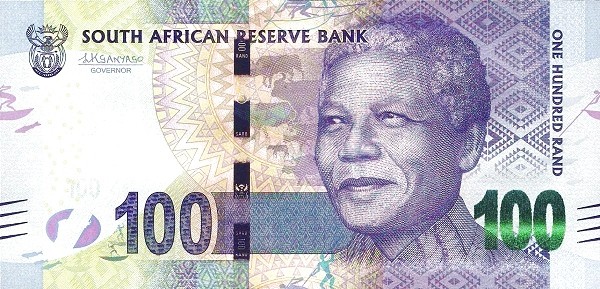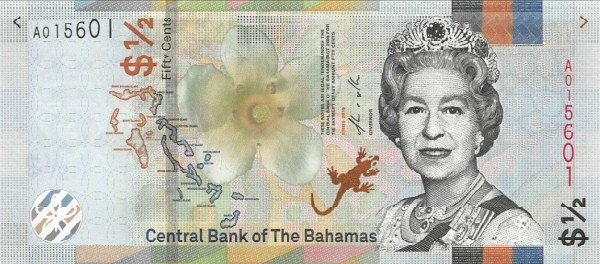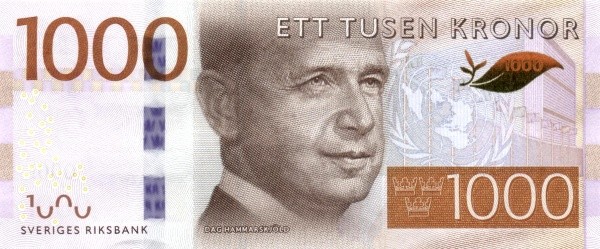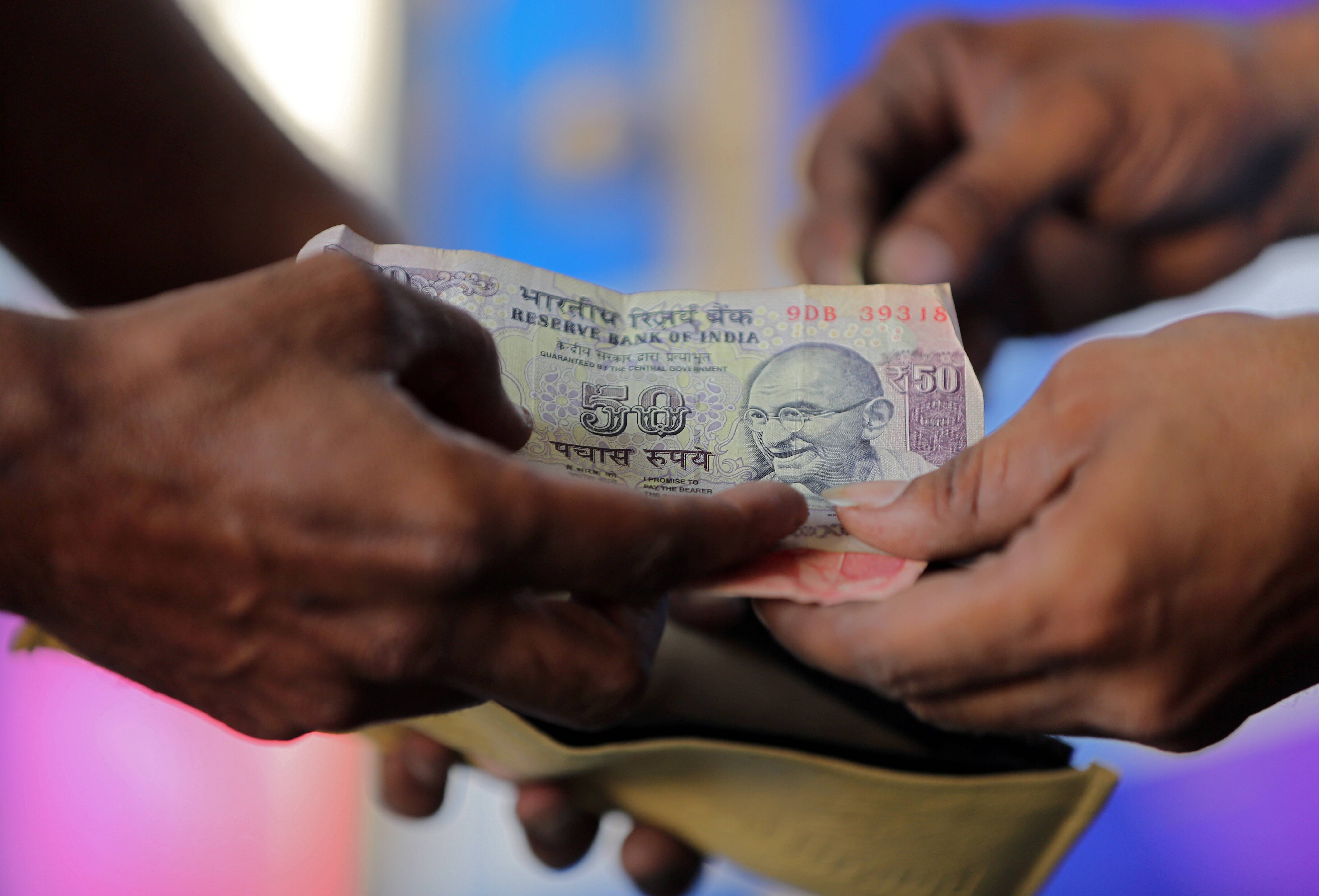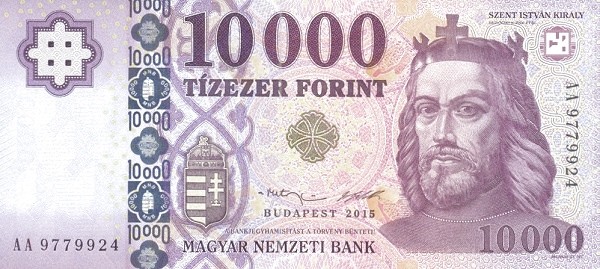Euro
The Euro is a common currency that is used by 20 countries in the European Union, also known as the eurozone. It was introduced in 1999 as an accounting currency, and in 2002 as a physical currency. The Euro is the second-largest reserve currency and the second-most traded currency in the world after the US dollar
The Euro has several advantages, such as facilitating trade and tourism within the eurozone, reducing transaction costs and exchange rate risks, and enhancing price transparency and competition. The Euro also promotes economic and political integration among the member states, and strengthens the role of Europe in the global economy
The Euro is divided into 100 euro cents, and has seven different denominations of banknotes and eight different denominations of coins. The banknotes have a common design on one side, and a country-specific design on the other side. The coins have a common design on one side, and a national emblem on the other side. The banknotes and coins are legal tender in all eurozone countries, regardless of their origin
The Euro is managed by the European Central Bank (ECB), which is responsible for setting the monetary policy and maintaining the price stability in the eurozone. The ECB also issues the euro banknotes and oversees the euro coins. The ECB works with the national central banks of the eurozone countries to form the Eurosystem, which implements the ECB’s decisions and conducts the day-to-day operations.
The Euro is a symbol of European unity and cooperation, and a major achievement of the European integration project. It reflects the shared values and aspirations of the European people, and fosters a sense of belonging and identity among them. The Euro is more than just a currency, it is a way of life.
Below is the related paper currencies in Euro.
